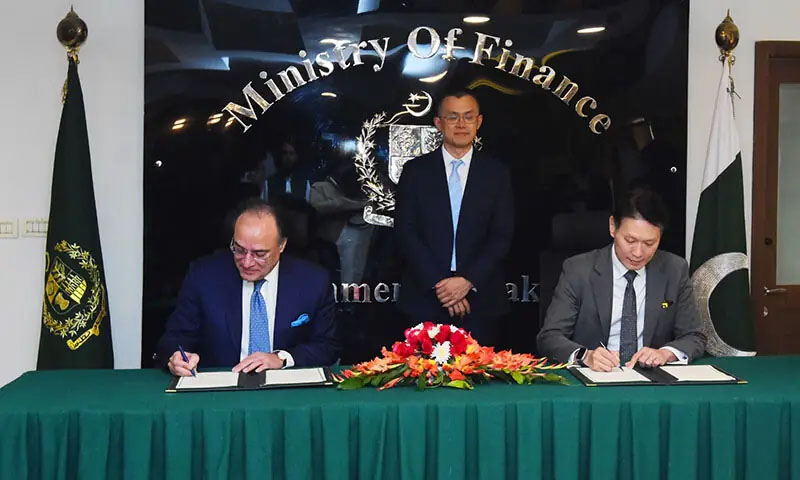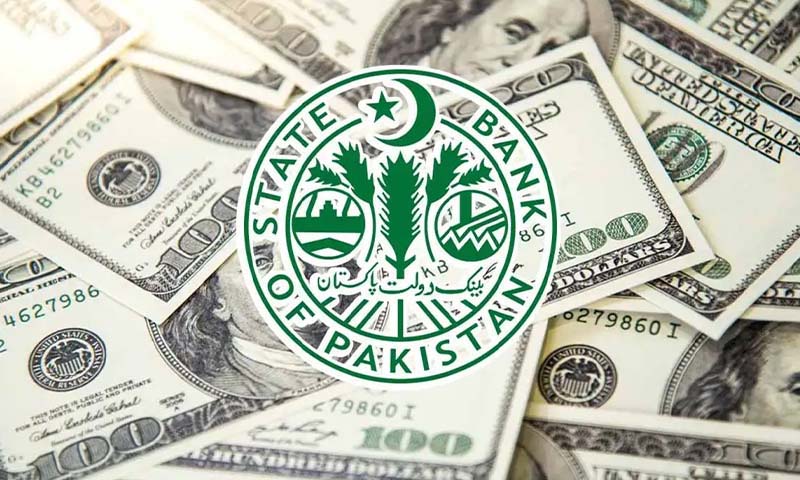- Web Desk
- Dec 13, 2025
Controlling boom-bust cycle through high rates is flawed: Gohar
-

- Web Desk
- Jun 27, 2025

KARACHI: Former caretaker federal minister Dr Gohar Ejaz has criticised the policy of maintaining high interest rates to control Pakistan’s recurring boom-and-bust economic cycles, calling it a “flawed approach rooted in misunderstanding.”
In a detailed post on his official X account on Friday, he argued that the boom-and-bust patterns witnessed between 2018 and 2022 were not caused by low interest rates or increased imports of daily-use items, but were largely driven by global oil price shocks.
ECC approves major supplementary grants, revised gas pricing
“Very interesting data for those who believe that the boom and bust cycles of 2018 and 2022 were caused by low interest rates. In both cases, it was the surge in international fuel prices—not consumer goods imports driven by low interest rates—that triggered the bust,” he wrote while posting two data sheets.
Keeping interest rates high to control this cycle is a flawed policy, he said, adding that it’s a misconception that low interest rates triggered the economic imbalances; in reality, rising international oil prices were the primary culprit.
Boom-Bust Fallacy
— Dr Gohar Ejaz (@Gohar_Ejaz1) June 27, 2025
Very interesting data for those who believe that the boom and bust cycles of 2018 and 2022 were caused by low interest rates. In both cases, it was the surge in international fuel prices—not consumer goods imports driven by low interest rates—that triggered the… pic.twitter.com/VTuetCzMHk
Ejaz warned that the high interest rate environment is having dangerous fiscal consequences. “PKR 3 trillion is being wasted annually in government expenditure due to high interest rates. Over 50% of the federal budget is allocated to domestic debt servicing, based on the flawed belief that these payments help prevent boom-bust cycles.”
He added that “in both 2018 and 2022, it was external fuel price shocks—not domestic policy rates—that led to higher trade and current account deficits.
Interest rate cuts — here is what SBP needs to consider
Citing historical data, Ejaz said Pakistan’s trade deficit in 2018 stood at $37 billion, largely due to CPEC-related imports and declining exports and remittances.
He pointed out that in 2021-22, Pakistan recorded a current account deficit of $17.4 billion, driven by energy imports, pandemic-related vaccine purchases, and the global surge in petroleum prices following the Russia-Ukraine conflict.
He added that the rupee depreciated by nearly 30 percent in 2022, further straining the economy. The high cost of energy during this period slowed down textile exports, one of Pakistan’s key economic lifelines, he noted.




